Episodic stories have deep roots. They come from oral tradition, where people told stories out loud and passed them on around fires for generations. Learn how to use the strengths of episodic writing — and how Plottr can help you make your own episodes and show bibles shine.
Key Takeaways
Stories in episodic formats succeed because they:
- Break arcs into memorable, short segments
- Create hooks that keep readers and viewers coming back
- Balance variety with continuity
- Empower a flexible approach to structure
- Create riveting contrasts, cutaways and cliffhangers
Keep reading to learn how.
What are Episodic Stories?
The word episode comes from the Greek epeisodios, which means “coming in beside.” It also links to eis (“into”) and hodos (“path” or “journey”). So episodes are like pieces added to a bigger path; windows into worlds, families, and adventures.
Think of a TV show: each episode has its own problem, climax, and ending. But the season often leads to a bigger reveal, like who the killer is. Or who they’ll target next…
This style of storytelling makes it easier to remember events and talk about them. It’s one of the reasons why many people say TV is in a “golden age”. Streaming shows are made to be told in parts.
What an Episode Does: The Benefits of Episodic Writing
Episodic writing works for many reasons:
Break Sweeping Arcs Into Gripping, Unforgettable Parts
People’s attention spans are short.
Episodic writing breaks big, season-long (or even series-long) stories into smaller, bite-sized arcs. These are easier to follow (and perfect for dissecting with friends over coffee).
Take Dexter, the hit crime show on Showtime adapted from Jeff Lindsay’s books. Each season, Dexter faces a dangerous enemy who could expose his double life.
In each episode, Dexter also runs into smaller problems and close calls. As a serial killer who works in forensics, his secret could be revealed at any moment.
On top of all that, the full series arc adds another layer, slowly uncovering the disturbing past that turned him into a killer.
Keep Audiences and Readers Coming Back
In an episodic story, every episode starts with a strong hook. This builds suspense and keeps people excited for what happens next.
Many episodes also end with cliffhangers.
Here’s an example: The first episode of Breaking Bad begins with Walter White crashing an RV in the desert. He’s nearly naked and wearing a gas mask. Two dead men are inside.
In episode two, Walter and his partner return to the RV to deal with the bodies but they realize one of the men is still alive.
Episodic hooks make your audience want answers: Who did this? Why? What happens next?
Balance Variety and Continuity
One great thing about episodic stories is how they balance variety with continued threads.
An episode might open in medias res: right in the middle of the action, like that Breaking Bad scene. Then it might jump back to show how the chaos began. This kind of structure makes it easier to play with time and explore non-linear storytelling.
Here’s another episodic example: In Gardner Dozois’ sci-fi novella The Chains of the Sea, the story flips between big national events and smaller, local ones.
Alien ships arrive, sparking fear and confusion across the country. More locally, a young boy named Tommy struggles with life at home and school (both are cold and uncaring).
The tension between what’s happening “out there” and what’s happening “at home”, and cuts between the two, creates cliffhangers. Each thread moves toward a powerful ending.
Make Storytelling Flexible with Episodic Writing
Episodic writing also gives you more freedom. It’s easier to explore different points of view, characters, places, and ideas.
Take anthology shows like The Twilight Zone or Black Mirror. Each episode tells a new story, often set in a completely different world.
What ties them together might be genre — like supernatural mystery — or a theme, such as the dangers of technology.
This style lets you decide how much each episode connects to the others. They can build on each other or just stand alone.
4 Ways to Use Plottr to Write Episodic Stories
Plottr makes it easy to plan an episodic novel or build a show bible with its visual, drag-and-drop UI.
Here are a few ways you can use Plottr to write episodic fiction:
Use the Timeline View to Create a Plotline per Season
Whether you’re planning a TV show or writing a book series like a serial, Plottr helps you keep everything structured.
Here are some ideas:
Create Plotlines Per Season with Scene Cards Per Episode
Use plotlines with scene cards to plan out the episodes of your show.
For example here is a Plottr file with a plotline per season for each of the three seasons of HBO’s The White Lotus:
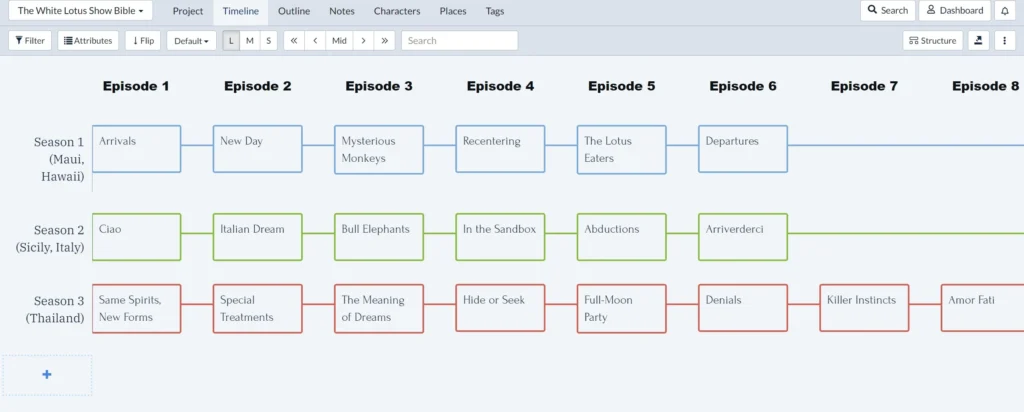
How to Set Up Plottr with a Scene Card Per Episode
To set up Plottr like the file above (with a plotline per season and a scene card per episode):
- In the Timeline view, click the button in the ribbon that says Structure.
- Where it says Chapter by default, replace this with Episode, then press Enter and close.
Use the Project View to Create Books per Season (with Plotlines per Episode)
What if you want to create a “Book” per season in the Project view, and then have a plotline for each season in the Timeline view in Plottr?
- In the Project view, rename the first book to a title for your first season.
- Click the + to add another “Book” (each book can represent a season). Name it for your second season.
- Keep doing this until you have a book listed per season.
You can also add a cover image per book/season:
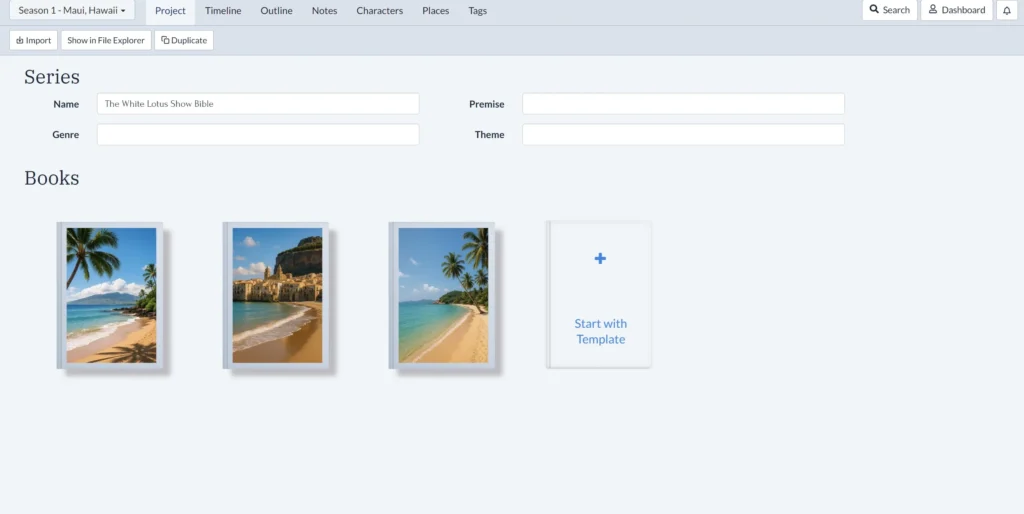
Now, each “Book” in the Project view will take you to plotlines where you can brainstorm episodes per season, beat by beat.
Here are episodic examples for Season 1. Each scene card reflects a beat and each plotline, an episode:

Create an Episodic Novel in Plottr
Besides planning pilots and whole show bibles in Plottr, you can also plot episodic novels.
For example, in the Timeline view, you can use alternating column headings to plan series of beats that alternate between POVs or scales of event (such as national vs local).
In this example for The Chains of the Sea, column headers alternate between “External Events” and “Tommy’s POV”

Try alternating between different story elements, depending on your genre. For example:
| First Column | Alternating Columns |
|---|---|
| [First Character’s] POV | [Second Character’s] POV |
| Stalker | Hunted |
| National Catastrophe | Local Fallout |
| Cosmic Events | Reaction on Earth |
This is a simple way to plot and outline while ensuring contrast and movement.
Does your WIP have contrasting episodes or POVs like this? Comment below and share how you use episodic writing devices.
Use Color-Coding and Tagging to See Episodic Stories Visually
Plottr’s tagging and color-coding features make it easy to visualize story structure.
For example, let’s examine The White Lotus again. You can see that the first and final episodes of seasons one and two both focus on hellos and goodbyes, arrivals and departures.
You could color scenes that feature themes of arrival one color, and scenes that deal with departures another:
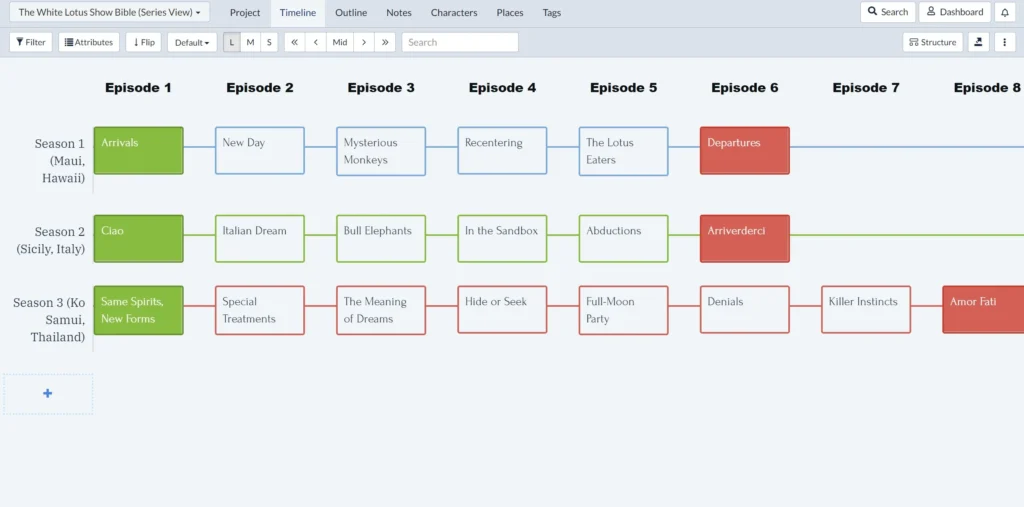
Even More Ways to Write Serialized Stories
Want to write stories for a serialized fiction platform? Watch an interview from our archives with author CM Adler (free episodic format template in the description).
Create an Episodic Format and Outline Your Way
Customize the way you create episodes (for TV, episodic format novels, or your Podcast or YouTube series). Start now with a free 30-day trial of Plottr.
What’s one of your favorite episodic format stories (TV series or novels) of all time, and why? Comment your pick below!
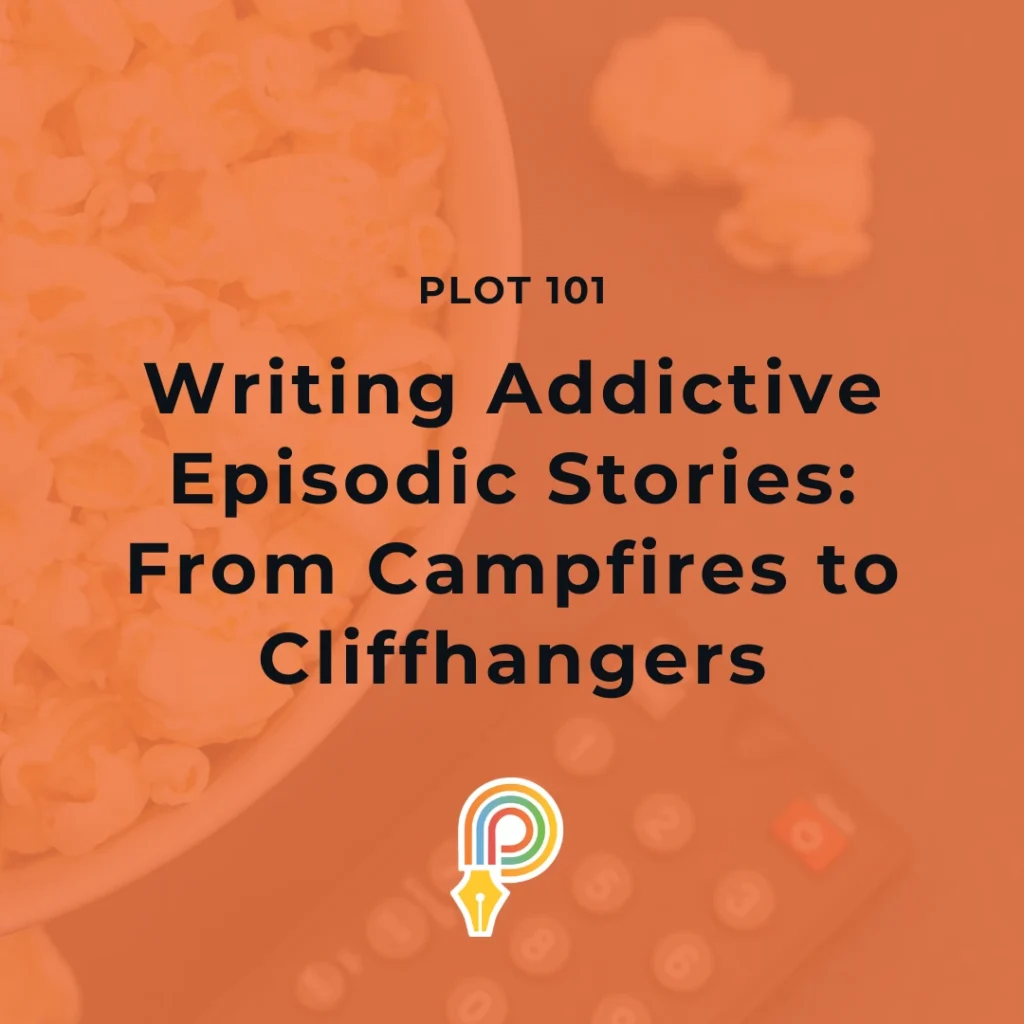


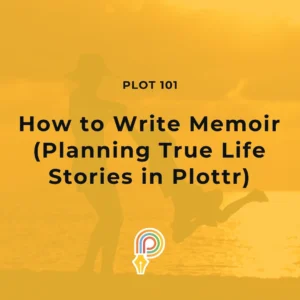
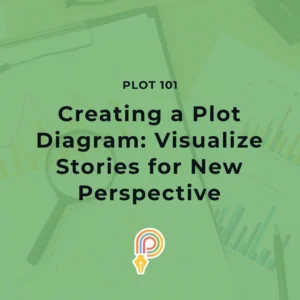
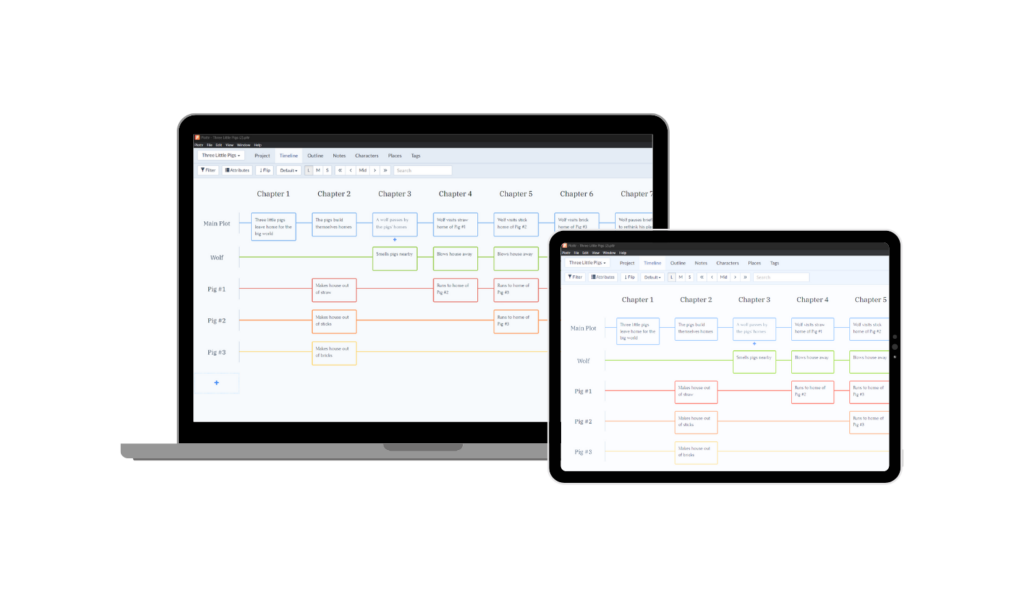
1 thought on “Writing Addictive Episodic Stories: From Campfires to Cliffhangers”
I appreciate you sharing this blog post. Thanks Again. Cool.